PsychNewsDaily Publishers
100 Summit Drive
Burlington, MA, 01803
Telephone: (320) 349-2484
PsychNewsDaily Publishers
100 Summit Drive
Burlington, MA, 01803
Telephone: (320) 349-2484
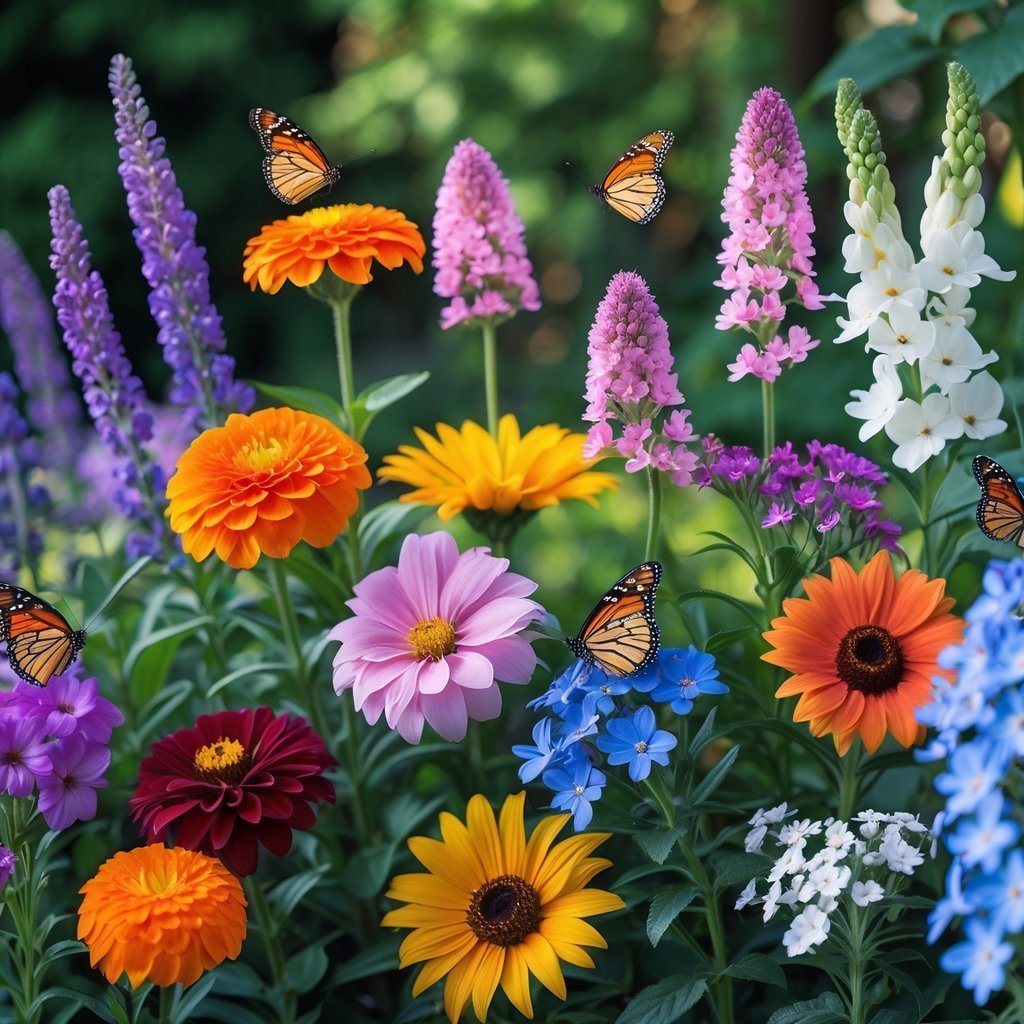
If you want a garden that feels alive and colorful, butterflies can really make that happen. They flock to certain flowers for nectar, turning your outdoor space into a fluttering haven.
Pick the right blooms, and butterflies will show up before you know it. Here are nine flowers that seem to work like magic for attracting them.
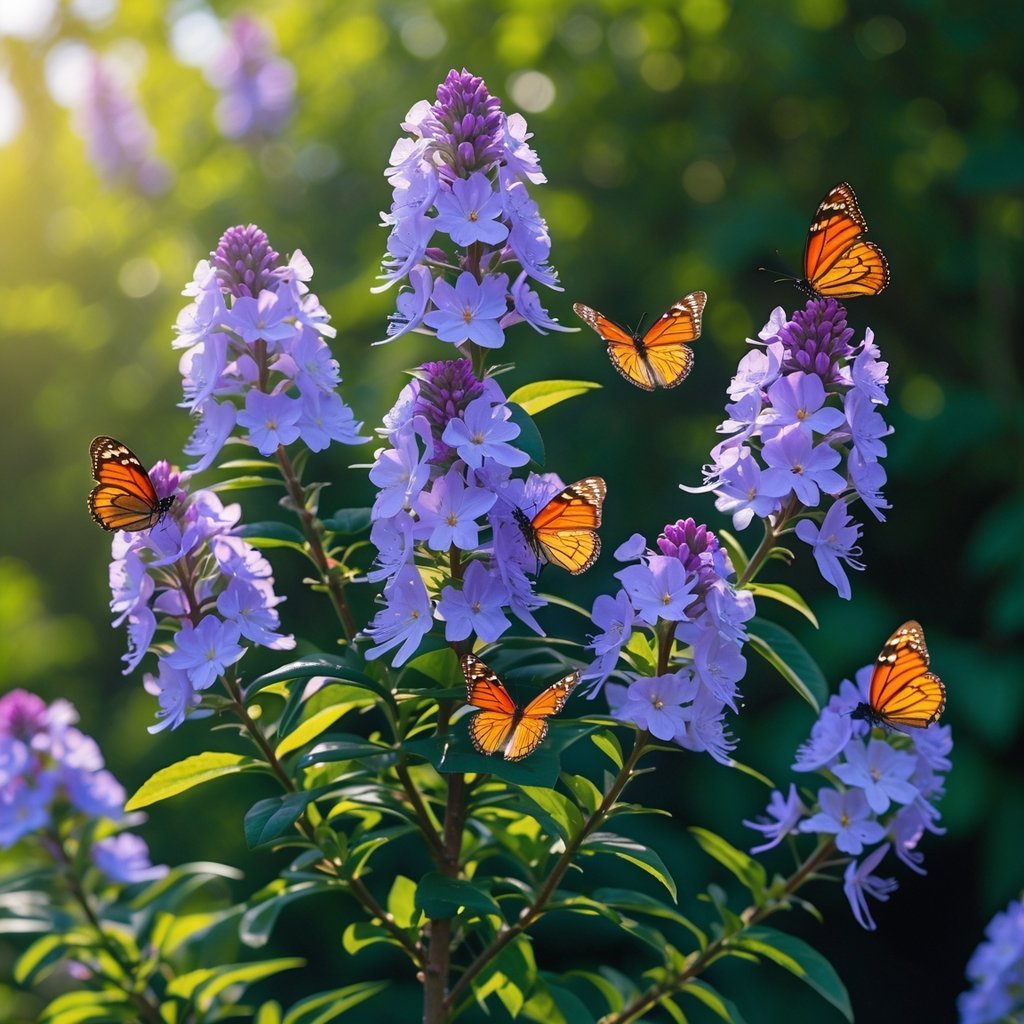
Want to see butterflies all summer? Go for the butterfly bush. It grows fast and bursts with big, colorful flower clusters that butterflies can’t resist.
This shrub stands out, growing up to 6 to 10 feet tall. You won’t have to fuss over it much, since it’s low maintenance and shrugs off heat and drought.
While it’s a magnet for adult butterflies, it doesn’t help their caterpillars. Still, with all the color options, you’ll find one that fits your style.
Its thick leaves sometimes shelter tiny creatures, too. It’s just a friendly plant that cheers up your garden and gives pollinators a boost.
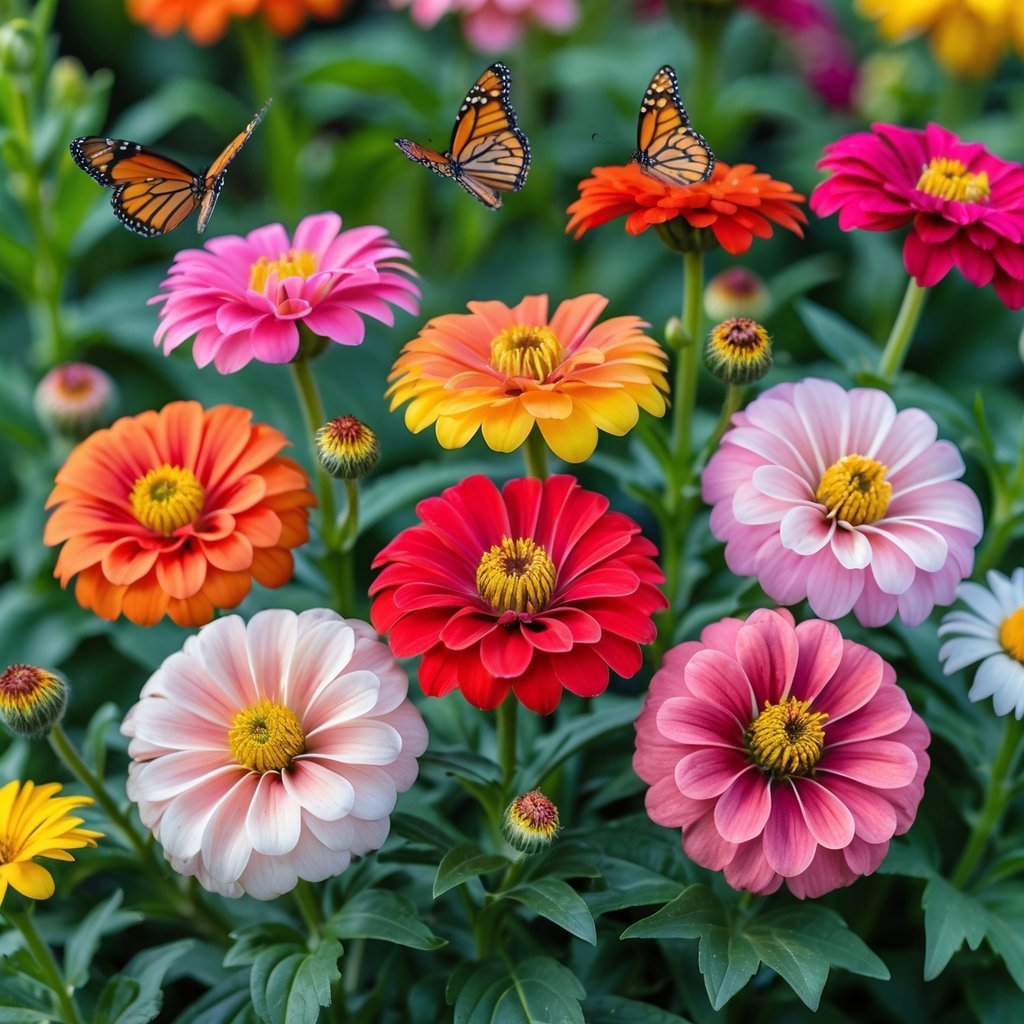
Zinnias are the definition of easygoing. They’re bright, they bloom from early summer to frost, and they’re simple to grow.
Butterflies, especially monarchs and swallowtails, love zinnias for their nectar. If you want a butterfly show, these flowers deliver.
Plant zinnias in a sunny spot with good soil. Single-blossom types tend to pull in more butterflies than the double-flowered ones.
Mix them with veggies or other flowers for a garden that feels alive and colorful. Zinnias just make everything pop.
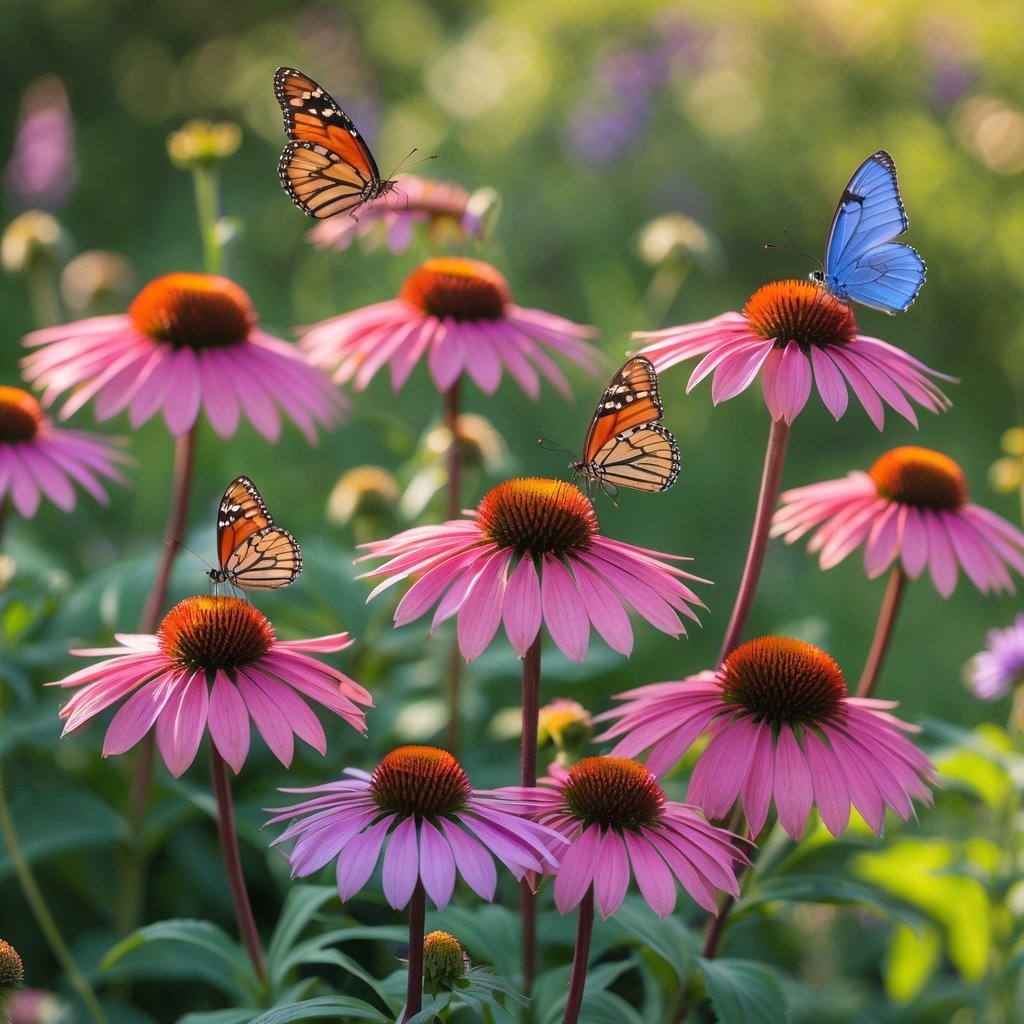
Coneflowers are a breeze to grow and bring bold color to your yard. Their daisy-like blooms come in purple, pink, white, and more.
You’ll spot butterflies, bees, and even hummingbirds stopping by. The cone-shaped centers give them a quirky look that’s hard to miss.
They bloom from mid to late summer, so you get lasting color. These plants don’t need much from you, making them ideal if you’re busy or just not into fuss.
In fall and winter, birds snack on their seeds. Coneflowers help wildlife and make your garden feel more welcoming.
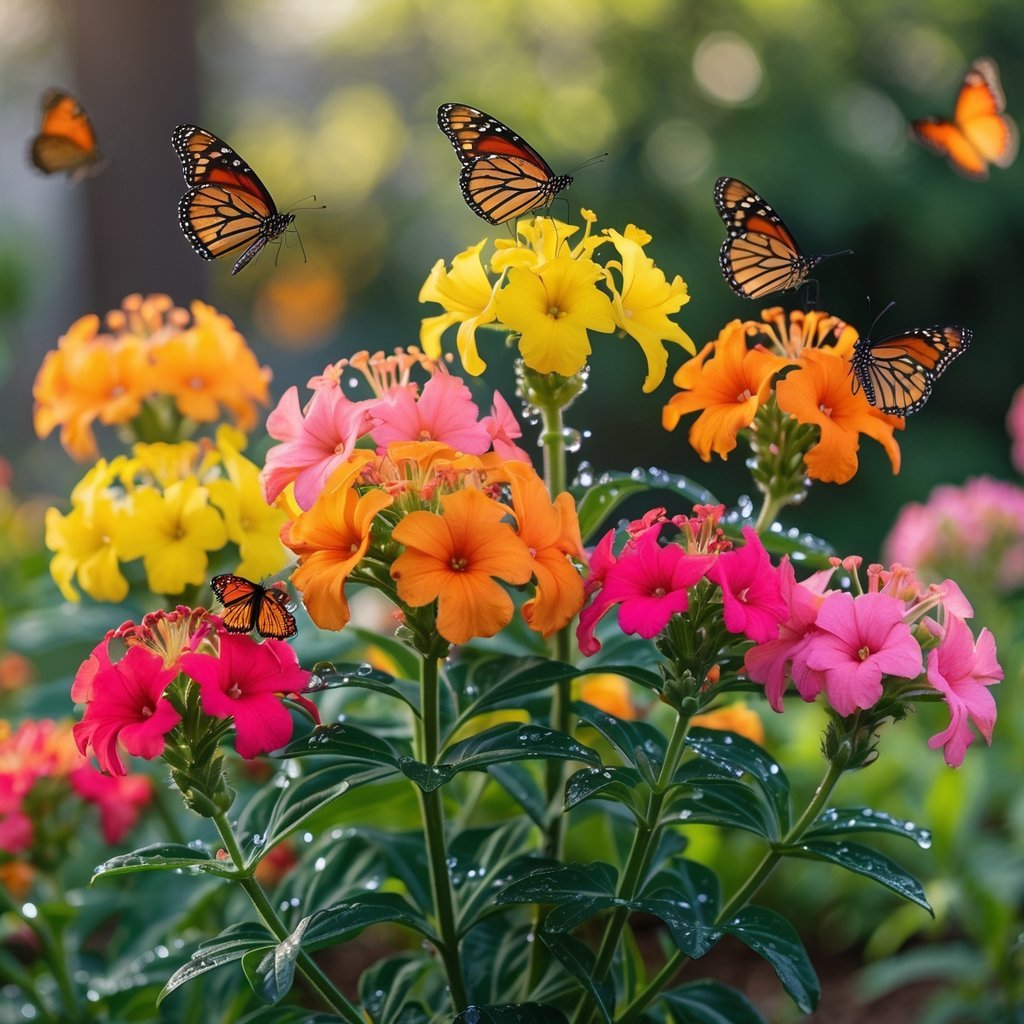
Lantana’s clusters of orange, yellow, pink, and red flowers stick around for ages, especially when it’s warm. Butterflies absolutely love them.
The blooms are packed with nectar, so you’ll see plenty of butterflies and sometimes even hummingbirds. Lantana doesn’t mind heat or dry spells, so you can relax about watering.
If you want a garden buzzing with life, lantana’s a solid pick. It keeps blooming from late spring into fall, so you get color and visitors for months.
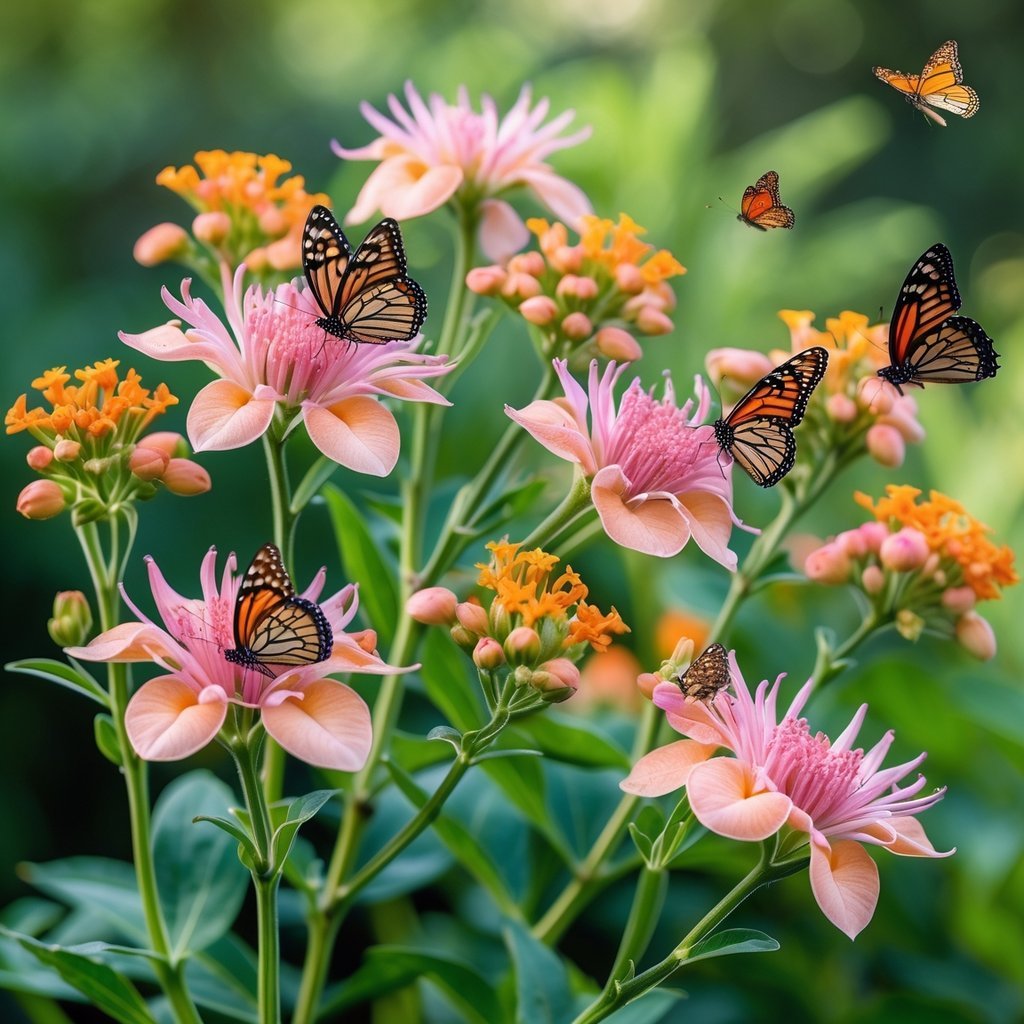
Milkweed really stands out if you’re hoping to attract Monarchs. Its bright orange, yellow, or pink flowers add a pop of color and a bit of wild charm.
Plant milkweed in sunny spots—flower borders, wild patches, wherever you have space. It tops out at about 1 to 3 feet, so it fits just about anywhere.
Milkweed does more than look nice. It gives caterpillars a safe place to grow and offers nectar for adult butterflies. Try planting a few different kinds and see who shows up.
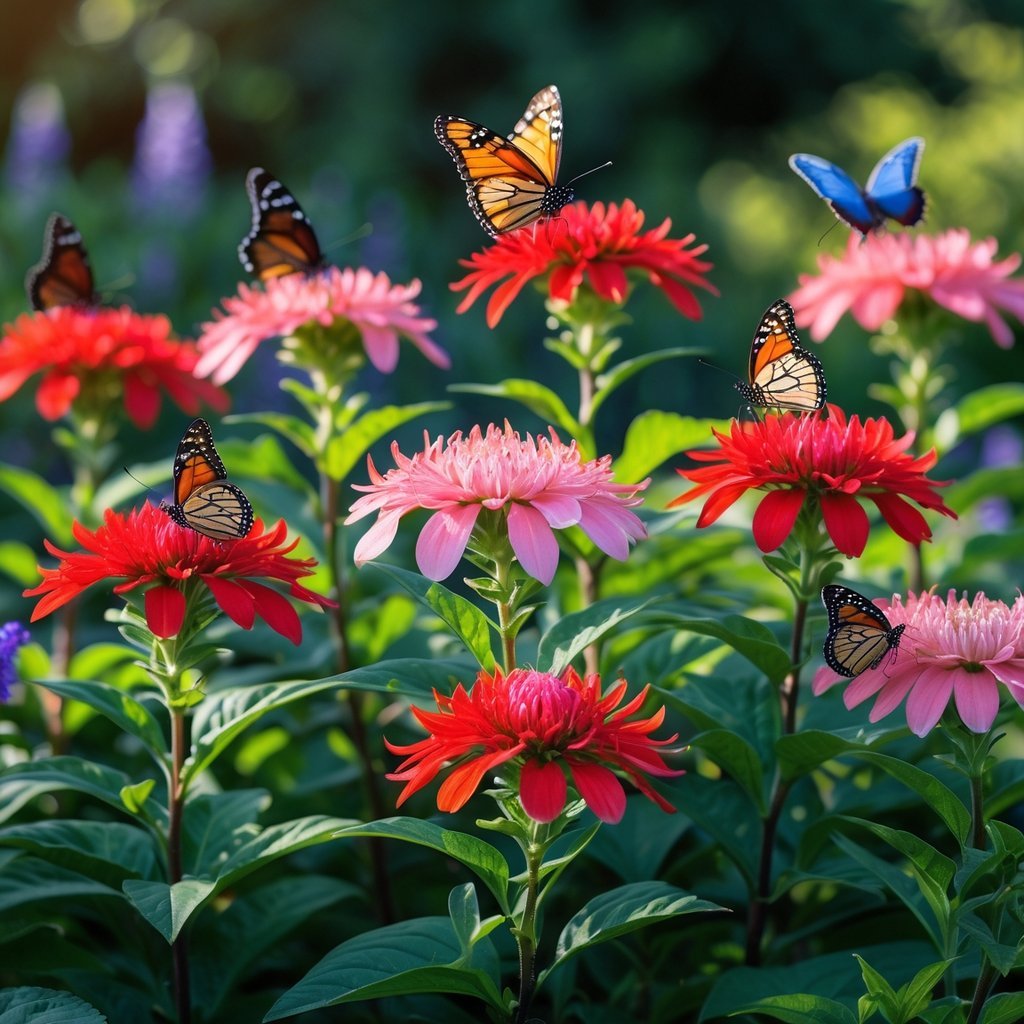
Bee Balm comes in bold shades of red, pink, purple, and white, and it really livens up a garden. Butterflies, bees, and hummingbirds can’t resist its sweet nectar.
Blooms stick around from mid to late season, so you get weeks of color. You don’t have to do much—just water now and then and snip off spent blooms to keep it going.
Its leaves have a minty scent that’s surprisingly pleasant. If you want pollinators and color, Bee Balm is a no-brainer.
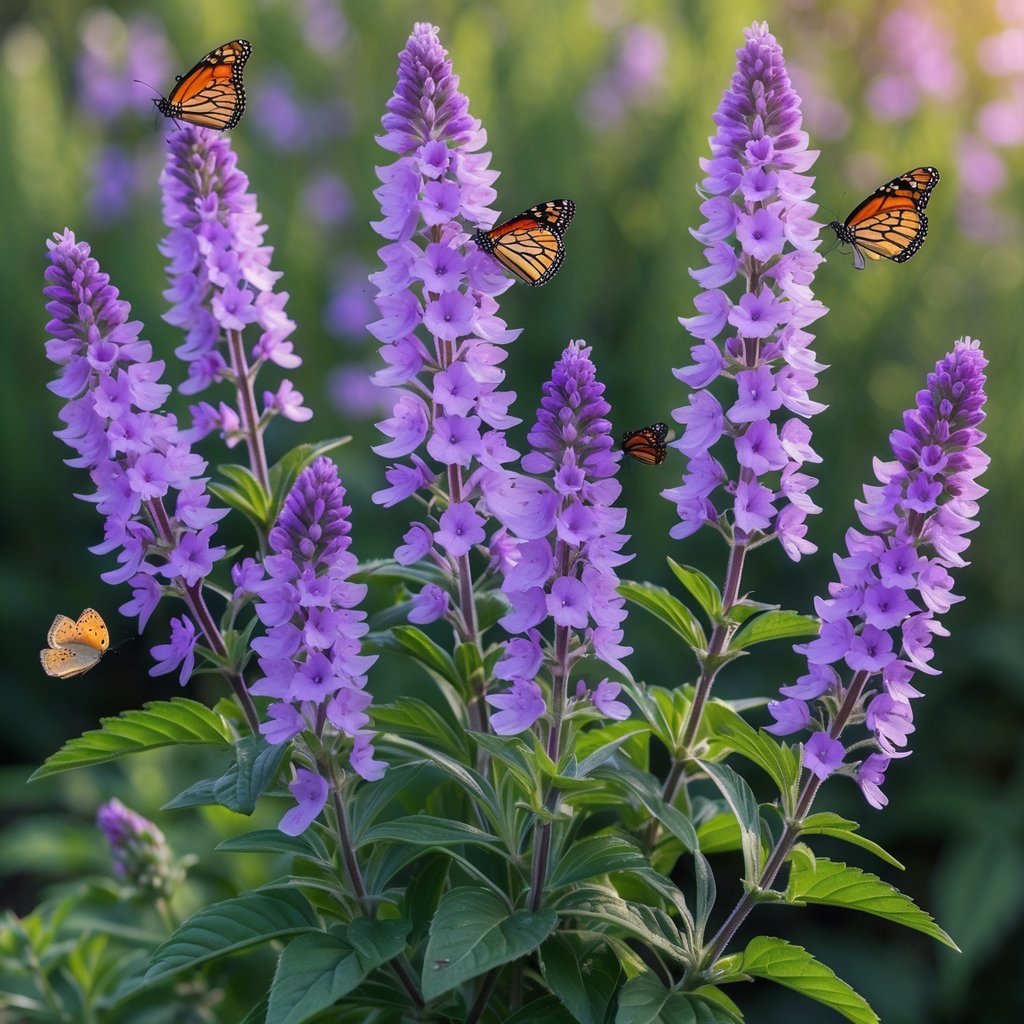
Purple verbena brings clusters of small purple flowers that last from spring to fall. Butterflies and bees seem to love them for their steady supply of nectar.
Plant them in full sun and make sure the soil drains well. At first, you’ll need to water regularly, but once they settle in, verbena can handle a bit of drought.
Tall stems give your garden some height, whether you plant them in beds or containers. They’re easygoing and add a lot of personality to your space.
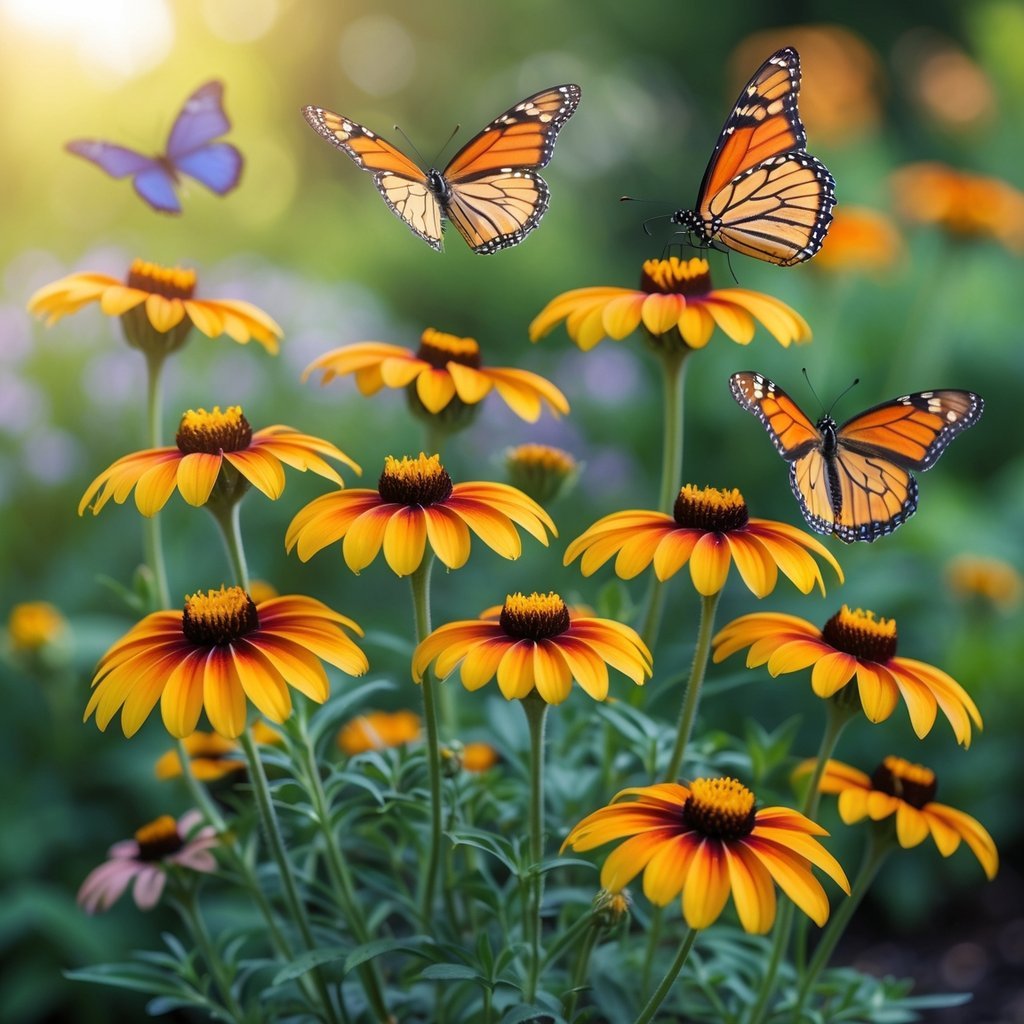
Black-eyed Susans throw out sunny yellow petals with dark centers, brightening up just about any spot. They bloom from summer right into fall.
Butterflies flock to these flowers because the open shape makes nectar easy to reach. Bees and birds often join in, too.
They’re tough and don’t need much attention. Full sun is best, and they shrug off dry spells, so you won’t need to water often.
Sometimes they’ll spread seeds around, popping up in new places. It keeps your garden looking lively and full of surprises.
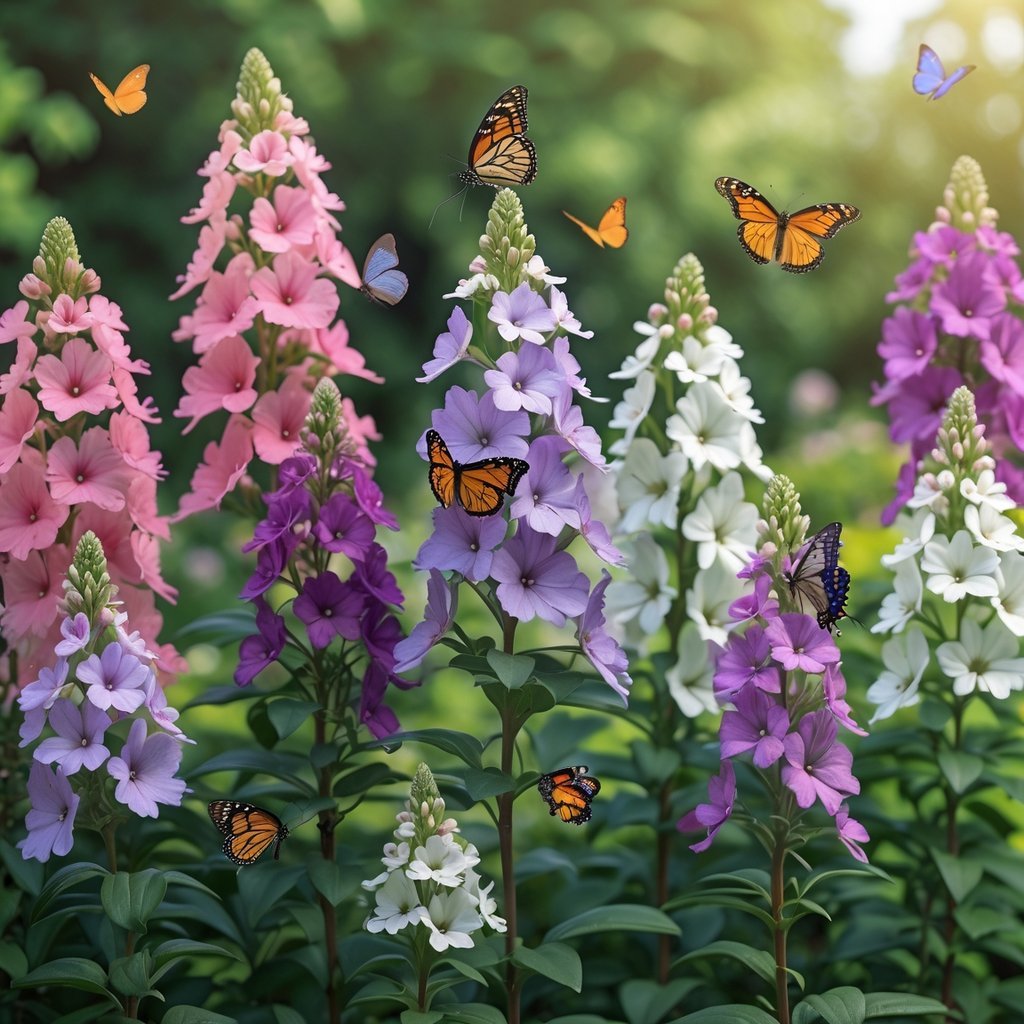
Phlox is one of those flowers butterflies just can’t resist. You’ll spot it in all sorts of colors—pink, purple, white, and even red.
These star-shaped blooms really brighten up a garden. I mean, who doesn’t love a splash of color outside their window?
Phlox gives off a sweet scent that draws butterflies in. It keeps blooming for ages, so you’ll catch butterflies fluttering around for most of the season.
If you plant phlox, your garden gets this soft, cottage-style vibe. Butterflies show up for the nectar, and honestly, you get to enjoy the beauty and fragrance every single day.